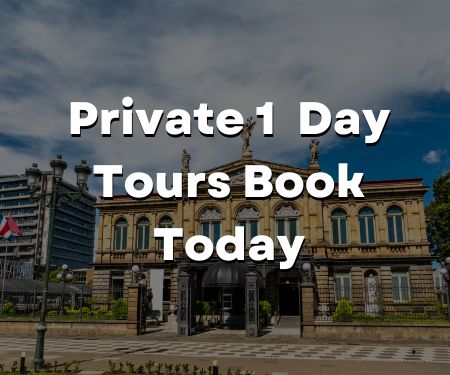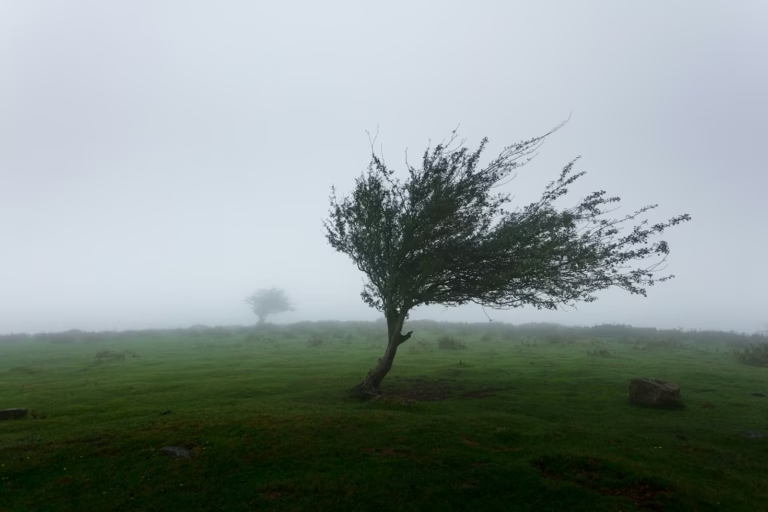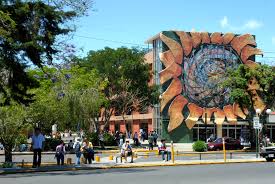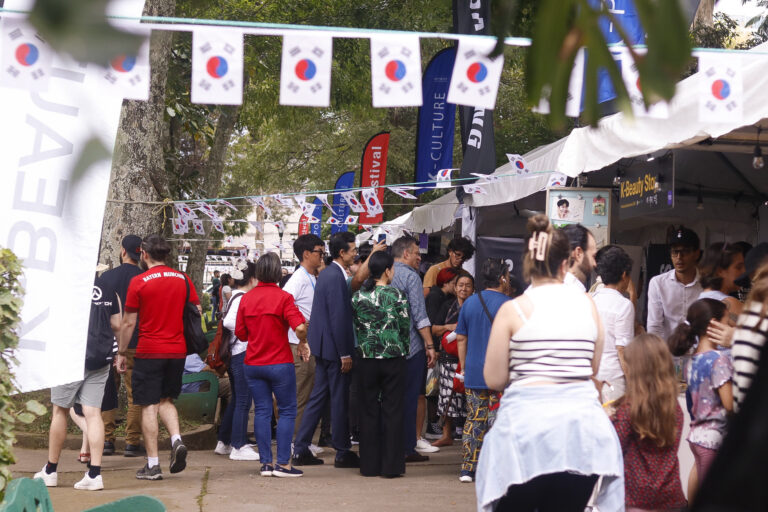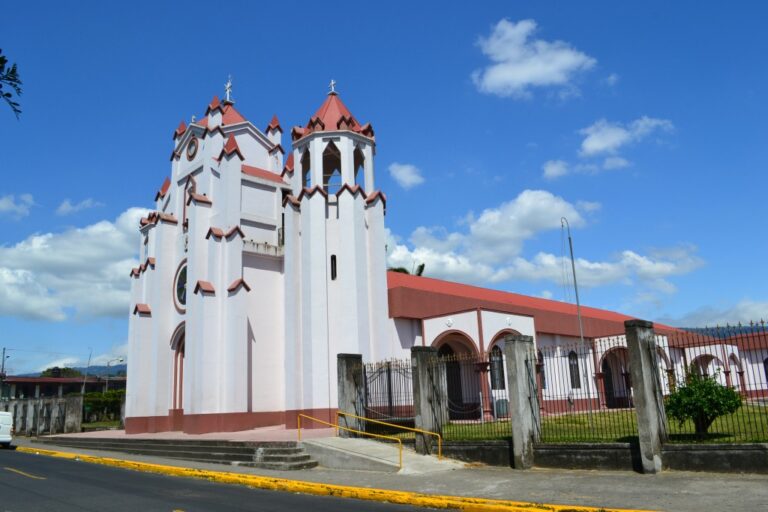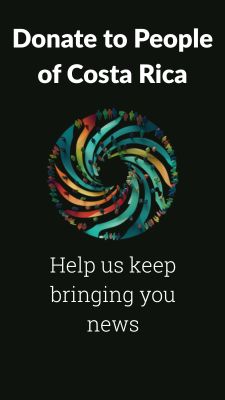Listen to the podcast version of this article.
1. The News Event: Diplomacy on High Alert
In the world of international relations, gestures often speak louder than official press releases. What recently transpired in Washington, D.C., is one of those gestures that cannot be overlooked: the U.S. Department of State summoned the Costa Rican ambassador, Catalina Crespo, for a meeting of an urgent and specific nature.
The Event and the Motive The summons was not for a courtesy visit nor to discuss routine trade or cooperation matters. The central agenda item was Costa Rica’s internal political situation. Specifically, U.S. authorities requested a detailed, official explanation from the ambassador regarding the legal processes seeking to lift the immunity of President Rodrigo Chaves Robles. Washington sought clarity on the constitutional mechanisms currently being activated in the Legislative Assembly and the Supreme Court of Justice, and how these align with the rule of law.
The Diplomatic Reading To understand the gravity of this event, one must read between the lines. Costa Rica has historically been the United States’ most stable and reliable partner in the often-volatile Central American region. For the North American power to ask for explanations regarding the stability of the Costa Rican presidency is a warning signal.
In diplomatic language, when a foreign government asks for “clarifications” regarding an internal conflict of another state, it is expressing tacit concern about the strength of its institutions. The United States is attempting to discern whether what is happening in San José is the normal functioning of checks and balances in a democracy (investigating power), or if, conversely, there are risks of a breakdown in constitutional order or political instability that could affect regional interests. Ambassador Crespo found herself in the complex position of translating the turbulent national political climate—marked by accusations of a “coup” by the Executive and “authoritarianism” by the opposition—into legal and institutional language to reassure her counterparts at the State Department.
2. Background: Why is Immunity Being Challenged?
To understand the magnitude of the U.S. inquiry, it is fundamental to break down what is legally happening in Costa Rica. The President of the Republic enjoys special protection (immunity), meaning he cannot be criminally prosecuted like a common citizen while in office. However, this protection is not absolute. Currently, two parallel and simultaneous paths seek to pierce this shield, each driven by different reasons.
Path A: The Penal Route (Attorney General’s Office) The first route stems from the Judiciary. The Attorney General’s Office (Fiscalía General) has accumulated several investigation files against the president, but the one gaining the most recent traction is linked to alleged crimes of corruption and influence peddling.

The most prominent case in this realm is known as the “Barrenador Case.” This investigation focuses on the Board of Directors of the Costa Rican Social Security Fund (CCSS) and the awarding of multimillion-dollar contracts to cooperatives for the administration of health centers (EBAIS), allegedly with excessive overpricing and against technical criteria. Although the Prosecutor’s Office conducted raids and arrests of high-ranking officials, it could not act directly against President Chaves due to his immunity. The Public Ministry argues there are indications that the president may have instigated or validated these decisions. To bring him to trial, the Supreme Court must request the Congress to lift his immunity.
Path B: The Electoral Route (Supreme Electoral Tribunal) The second route is political-electoral in nature and is perhaps the most unusual in the country’s recent history. The Supreme Electoral Tribunal (TSE) has forwarded charges for “Political Belligerence.”
The Costa Rican Constitution (Article 146) is strict: it prohibits the President from participating in partisan political struggles. The mandate holder can only cast his vote but cannot favor candidates or attack opposition parties using his office or public resources. Accusations point out that President Chaves, through his weekly press conferences and tours, has allegedly crossed this red line. The TSE, finding merit in these complaints, has elevated the request to lift his immunity so he can be judged for violating the electoral neutrality his position demands.
The Convergence Both paths—penal (corruption crimes) and electoral (political interference)—converge at the same bottleneck: the Legislative Assembly. Neither accusation can prosper if the deputies do not vote in favor of removing the President’s protection. It is this accumulation of legal pressure from two different powers (Judicial and Electoral) that has generated the uncertainty resonating in Washington.
3. The Clash of Narratives: Justice or Persecution?
Beyond the files and legal technicalities, Costa Rica is experiencing an unprecedented communications and political battle. The current crisis has fractured the interpretation of national reality into two radically opposing visions.
The Executive’s Stance: “Lawfare” and Conspiracy From the Presidential House in Zapote, the narrative is both aggressive and defensive. President Rodrigo Chaves and his government team maintain that the country is the scene of “lawfare” (legal warfare). According to this view, the accusations do not respond to real criminal acts but are political instruments fabricated to wear down and eventually remove a leader who makes the status quo uncomfortable.
The Executive argues that key institutions like the Attorney General’s Office, the Judiciary, and the TSE have been co-opted by what the president calls “the caste” or “the dictatorship of institutionalism”: a network of interests linked to traditional parties and business groups losing privileges. Under this lens, lifting immunity is openly denounced as an attempted “soft coup d’état” designed to annul the popular will expressed at the polls in 2022.
The Institutional Stance: Checks and Balances On the other side of the aisle, the Prosecutor’s Office, magistrates, the TSE, and opposition factions in Congress defend the validity of the Rule of Law. Their central argument is based on the republican principle that “no one is above the law.”
For this sector, investigating the Executive is not an act of sedition, but a symptom of democratic health. They maintain that presidential immunity is a functional protection to avoid frivolous distractions, not a license to commit crimes or violate the Constitution. They categorically reject the “coup d’état” rhetoric, describing it as dangerous and authoritarian, arguing that the president uses these verbal attacks against judges and prosecutors as a smokescreen to evade accountability.
Listen to the podcast version of this article.
4. The Role of the United States: Why Intervene?
The summoning of Ambassador Catalina Crespo was not an impulsive act of U.S. diplomacy; it responds to deep geopolitical interests. Costa Rica is not just another country in the region; it is the United States’ strategic and democratic partner in Central America.
Fear of Authoritarian Contagion The State Department observes democratic deterioration in the neighborhood with concern. With authoritarian regimes consolidated or democracies eroding in nearby countries, Costa Rica has historically functioned as a containment dam and a model of stability. Washington fears a “domino effect”: if Costa Rican democracy begins to show institutional cracks, the entire region becomes more volatile.
The “Coup” Rhetoric What set off alarms in the North was not just the legal process itself, but the rhetoric used. When a head of state in an allied democracy uses terms like “coup d’état” or frontally attacks the legitimacy of the Judicial and Electoral Powers, the U.S. is forced to verify the reality on the ground. Washington needs to know if these statements are mere political hyperbole or if there is a real threat to the constitutional order.
The Goal of the Inquiry The diplomatic intervention had a diagnostic purpose. By asking for explanations, the United States sought to validate whether the impeachment proceedings are being carried out in strict adherence to the Costa Rican Constitution. The priority for the White House is to ensure that Costa Rican institutions are capable of processing this conflict peacefully and lawfully.

5. The Roadmap: What Happens Next?
The path to lifting a President’s immunity in Costa Rica is neither automatic nor simple; it is intentionally designed as an obstacle course to guarantee state stability.
Step 1: The Supreme Court Filter Everything begins in the Judiciary. Before any politician can vote, the magistrates of the Supreme Court must act as a technical filter. They receive the accusation and must determine if there is “merit” to proceed. If the Full Court votes that there is sufficient cause, it sends the file to the Legislative Assembly.
Step 2: The Congressional Investigative Commission Once the file arrives at Congress, the matter turns from legal to political. The Congress must appoint a special commission of three deputies to study the case. This commission reviews evidence, hears the President’s defense, and finally issues a report recommending to the Plenary whether or not to lift immunity.
Step 3: The Key Vote and the “Magic Number” This is the moment of truth. The report is submitted to a vote of the 57 deputies. For the President to lose his immunity, the Constitution requires a qualified majority, that is, 38 votes.
- Scenario A: No votes. If the opposition fails to gather the 38 necessary votes, the accusation is momentarily archived. President Chaves would keep his office and legal protection until his term ends in May 2026.
- Scenario B: Immunity is lifted. If 38 votes are reached, the effect is immediate. The President is suspended from office. This does not mean he is permanently removed immediately, but he must step aside to face trial before the Supreme Court like a common citizen. During this time, the First Vice President would take the helm. If acquitted in the subsequent trial, he could return; if convicted, the removal would be definitive.
6. Conclusion and Analysis
What is happening today in Costa Rica cannot be read simply as another legal dispute; it is a true stress test for the Constitution of 1949. The Costa Rican democratic system is being stretched to the limit by an unprecedented clash between the executive’s popular legitimacy and the legal legitimacy of control entities.
The call for attention from Washington confirms that this conflict has ceased to be a domestic matter and has become an issue of international reputation. The image of the “Switzerland of Central America” is under scrutiny. The outcome is uncertain, but the damage to the social fabric is palpable. The great question remaining is not only legal but civic: Will Costa Rican institutions manage to channel this conflict peacefully, or will polarization deepen to a breaking point? The answer will define not only the future of Rodrigo Chaves but the political maturity of Costa Rica for decades to come.




